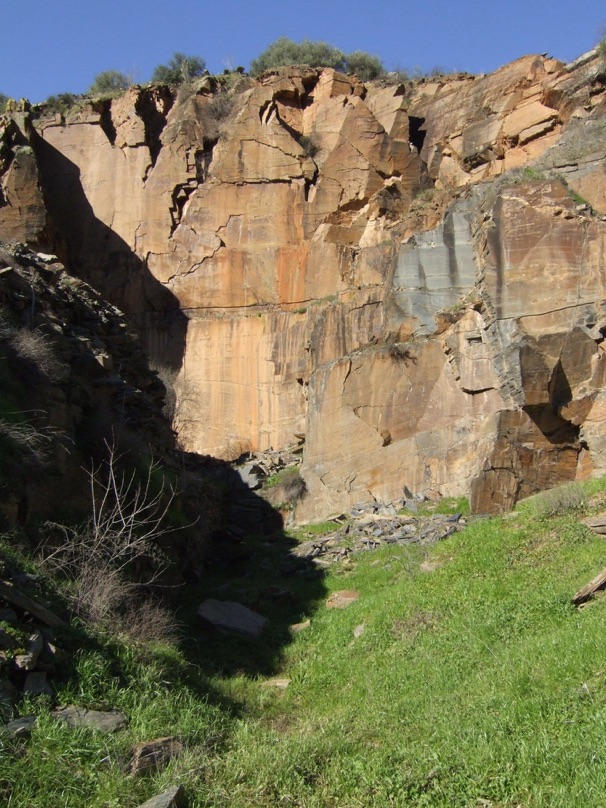Table of Content
You can simply glue the play dough with cardboard. Working model of solar system for school is best way to teach students about solar system. From this school science project we can learn about different members of solar system. Basically we can get knowledge about different planets, sun moon and lot more. A solar system model for school is a simple astronomy science experiment. It is the perfect demo working model of solar system.
Paint the inside black or a very dark blue. Add a few stars and galaxies with white paint, or with glow-in-the-dark paint for more effect. Even our littlest scientists can start learning about the solar system, start this project with a book for students. Little kiddos absolutely love sensory play. Incorporate some STEM learning at a young age with a sensory activity for kids like this.
Is solar system a science project?
The most popular science fair projects tend to involve topics that are familiar to most students and that can capture the public’s imagination. These topics can range from the effects of different kinds of music on the growth of plants to experiments that explore the basics of electricity. No, the solar system is not a science project. It is a natural phenomenon that has been studied by scientists over centuries.
By using recycled bottle caps students can make a replica of the Solar System and use it as a presentation. This is a great project for the whole class to be involved in. Whether you have a lot of absences or just a small class in general this is a great mini-lesson or project to have to go in the back of your classroom. I love how this project will light up your childs room and serve as an educational night light.
Felt Model
Keep in mind that a 1-cm Earth means the scale distance from the Sun to Neptune is about two miles. Consider making your scale Earth just a few millimeters across. To calculate the scale solar system, you'll need to work with proportions and ratios, as shown in this equation.
Finally, attach the model on the flat base and it is now ready to display. With these simple materials and tools, your model of the solar system is now complete. Using the paint, decorate each planet according to your own specifications. You can paint the planets in gold, silver, blue or any other colour of your choice. Allow the paint to dry completely before moving on to the next step.
Project on Solar System
The majority of asteroids are in the asteroid belt between Mars and Jupiter, but some are closer in towards the sun and some are further out beyond the Kuiper belt. Some of the particles collided and stuck together and eventually formed the planets, moons, comets, and asteroids. The planets, moons, and smaller objects like asteroids and comets all revolve around the Sun, and together they form the Solar System.

You can form the sun and all the planets while explaining each one to your students. Try to use a variety of colors that match each planet. If you want to get even more creative, use black construction paper to represent space.
Solar System Project For Kids Using Pom-pom Balls
If you find it easier, feel free to make all the planets out of one material , even if you only have two or three different sizes. You could use a CD and cut it and/or paint it to size. Follow the dry instructions on the clay packaging. This can take twice as long to bake, but the chance of breaking is lower. The overall result is the planet Venus appearing to have a white, yellow and off-white hue.
Make it out of light brown clay, maybe with some charcoal mixed in to imitate its blotchy surface. Paint Uranus a pale blue, made by mixing blue and white paint together. White clouds sometimes form over the solid blue atmosphere.
This video will tell you how to create a solar system project model for children. It is a fun project you can begin with before getting into other projects on my list. Tie colored beads onto a string to make a scale model of the distances between planets in the solar system. You can wear your model or even display it on a wall. It's not just the distances between planets that are large. There are also huge differences in the size of each planet.

It is a compilation of several projects that will keep children entertained for long periods of time. Glow in the dark makes things more exciting! Therefore, my suggestion is to go buy some glow in the dark paint and create a solar system. Draw the planets on a sheet of paper and paint them with the glow in the dark paint. After everything has dried, turn off the lights and watch everyone’s paintings come to life. Therefore, you can bring out the colorful chalk and take your class outside.
This is one of the coolest solar system science project ideas for kids. Pom-pom balls can work wonders when it comes to making solar system art projects for kids! You can buy the pom-pom balls from a store or you can make them yourself. You can check out videos on YouTube to learn how to make your own pom-pom balls at home.

All of these projects would allow students to demonstrate various skills and evoke the public’s excitement for science. The dwarf planets also fall into this category. All of the moons are composed of mostly rock and dust. The 8 planets move around the Sun in elliptical orbits, meaning each planet is at a different distance from the Sun and warms up differently from other planets. The planets can be divided into two categories, terrestrial and gaseous.
You can also use a combination of various objects, such as Styrofoam balls, Ping-Pong balls, magnets, and even glow sticks to create a more detailed, realistic representation. You can also add other items to your model to represent asteroids, comets, and other aspects of the solar system. Finally, you can add in some decorations like stars, astronaut figures, and even a life-size model of the spacecraft. Once the model is complete, you can hang it up and admire the work you have done. Cut a piece of construction paper or card stock into a circular shape , and use hot glue to attach it to the planet.

No comments:
Post a Comment